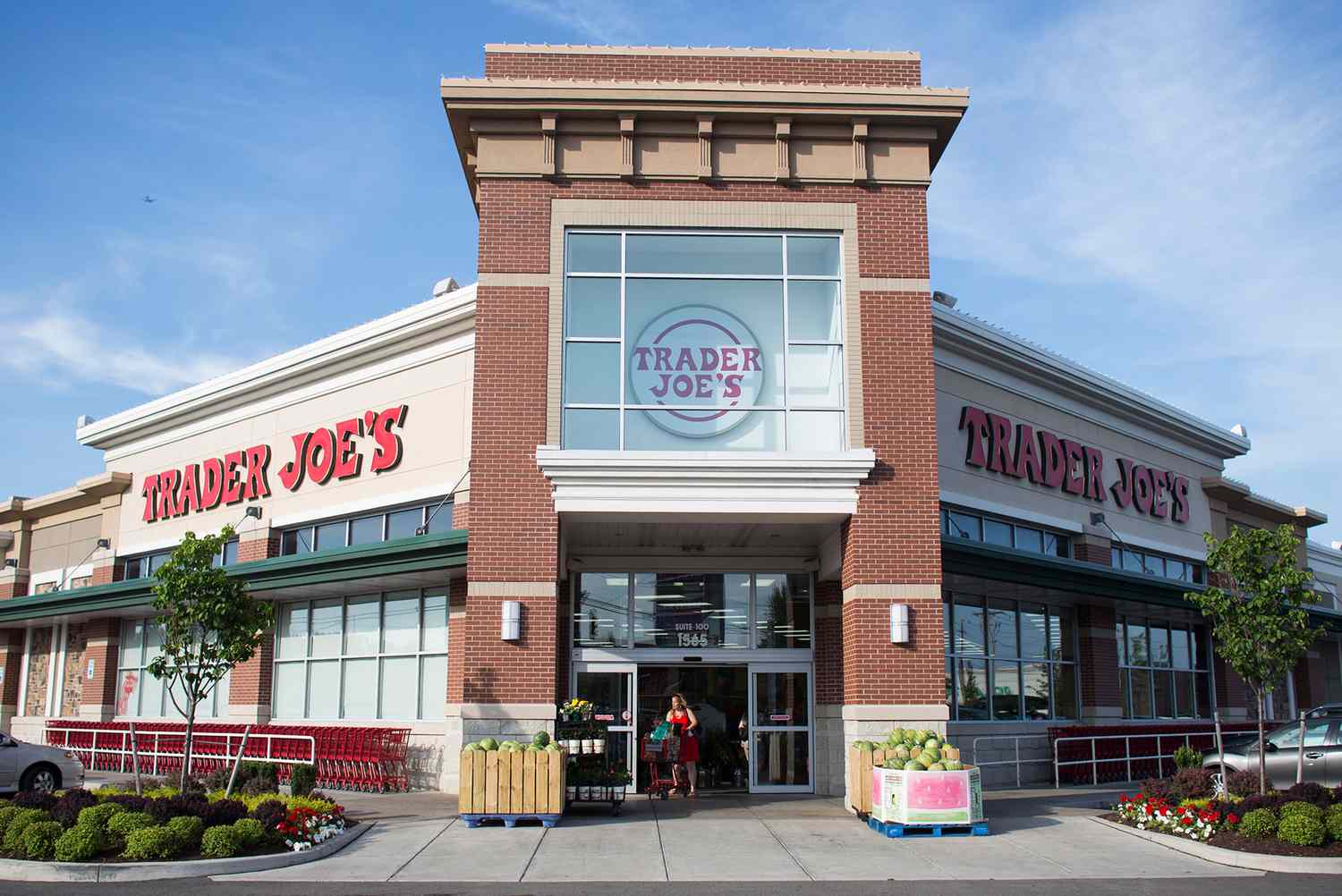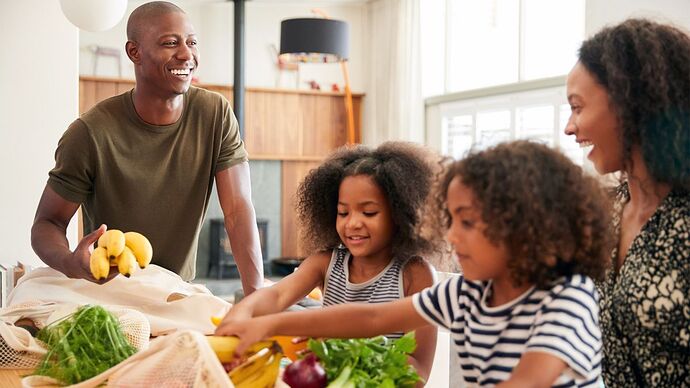Yeah, I agree that being strictly scrupulous is unrealistic, most people are not doing that, and people don’t have a good answer for this.
I think a lot of authorities (e.g. workplaces/management) are purposely giving somewhat vague answers about this, while having overly strict explicit rules. Like, they will basically say to take any symptoms seriously, and treat them like maybe covid. If their employees actually do take this seriously, and end up repeatedly missing work and getting tested for symptoms that turn out to not be covid, then the boss will be mad about the employee missing a lot of work.
What they really want is for the employee to not take it seriously, but to do so in a don’t-ask-don’t-tell way, where they hide their symptoms at work. Then most of the time it will be totally fine, the employee won’t have had covid, and no one will ever even know. And in the rarer cases that the employee did have covid, and passes it on to other people, management can just blame the employee because he didn’t follow the rules.
Regarding what people should do if they have any kind of symptoms, they have to use their best judgement. Lots of people regularly get headaches, IBS symptoms, allergy symptoms, etc, and I don’t think it makes sense to get tested and avoid everything when they are your normal, baseline symptoms.
Right, I think people should try to avoid passing on any viruses to others, even if they are sure it is just a cold. I have seen lots of cases of people ignoring rules and hiding symptoms because they are sure that it’s “just a cold”. For one thing, a lot of those people have not even gotten tested, so they have no way of knowing that. But, also, you shouldn’t be passing on colds to other people (against their will) right now either.
For you personally, a test may not be necessary. A lot of jurisdictions have said that if you are going to be quarantining at home there is no need for a test. One reason to get a test would be if you exposed someone else, and they wanted to know if they were exposed to covid. A lot of the time people are getting tested just to rule out covid, so they can go back to work. If they were willing to just quarantine at home, there would be no need to get a test.
I think if you are going to choose to not get a test, while thinking that you might actually have covid, then you should still quarantine and act as if you had it.
I think it might be that your preferences & lifestyle are actually outliers.
Like, you said:
For a lot of people, the fact that they were mostly quarantine for the last year is a reason that they don’t want to get stuck quarantining now. They hated it, and they are sick of staying at home all the time. They want to go back to work, they want to be able to meet up with their friends, travel, get their hair cut, go to restaurants, go to movies, etc.
And a lot of people are working outside of the home now – either because their job has always been outside of the home or because their office is moving everyone back to work. (And, also, unemployment is requiring people to look for work again.) So for those people, missing work can be a really big deal.
Also, a lot of people have contacts outside of their household that they want to be able to keep seeing, and some of those are vulnerable people (e.g. young nieces & nephews, or elderly parents & grandparents). And a lot of people have travel plans that they don’t want to have to miss/change.
If you don’t mind quarantining, have no high risk household members or regular contacts, don’t actually want to go out and do stuff (or don’t mind missing it and being stuck inside for 10-14 days), work from home, etc, all of those things together make you an outlier.
So it’s possible that for you, personally, the impact of getting inconvenience-level covid is low, and not worth the trouble of wearing N95 masks to avoid (especially since you find N95 masks to be an inconvenience). But for a lot of other people, their situation is different.
(Also, just wanna note - I also disagreed with another part of your original post, about the assessment of the risk to other people & what people should be doing on a society-wide level about that, I just haven’t replied to that part yet.)

